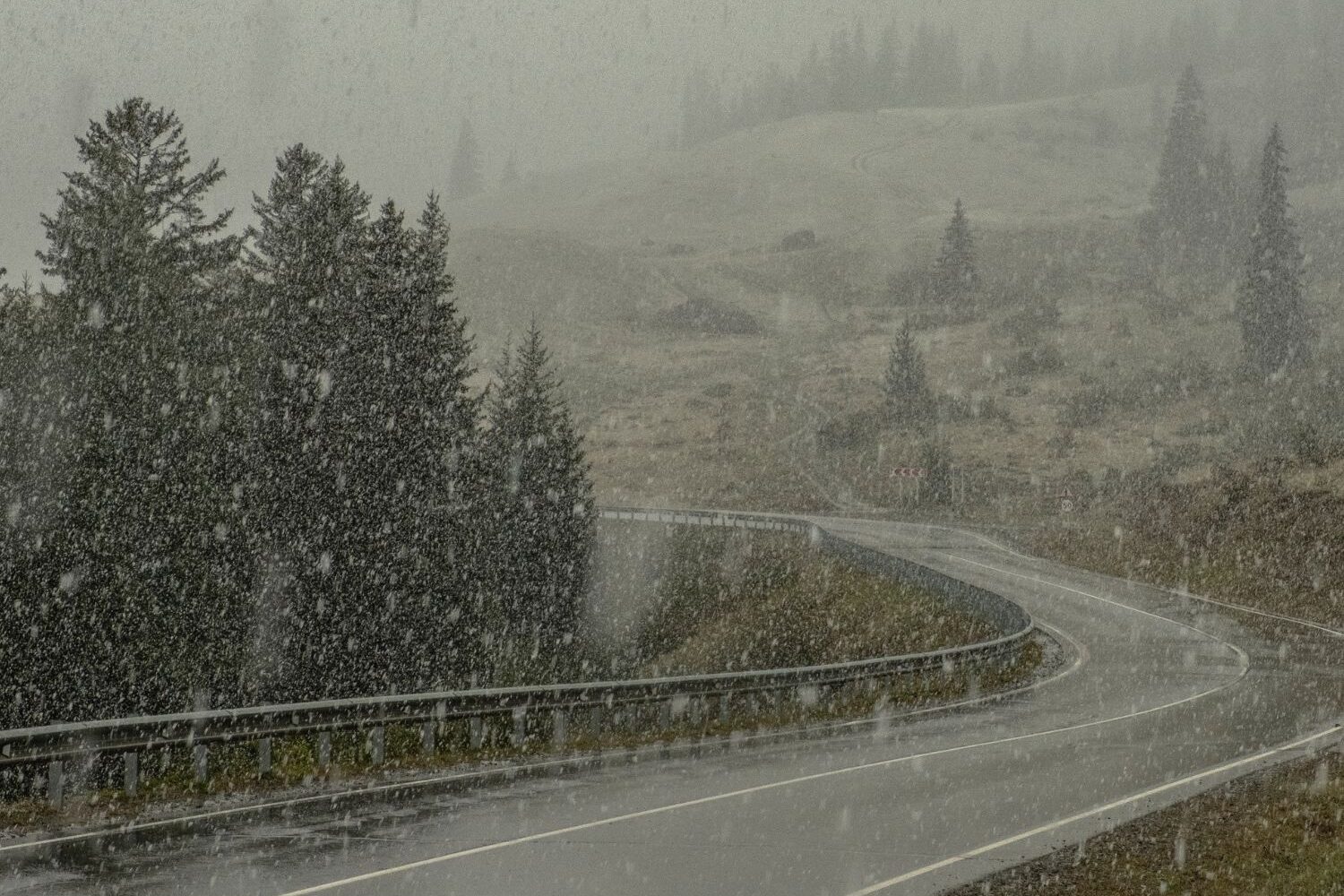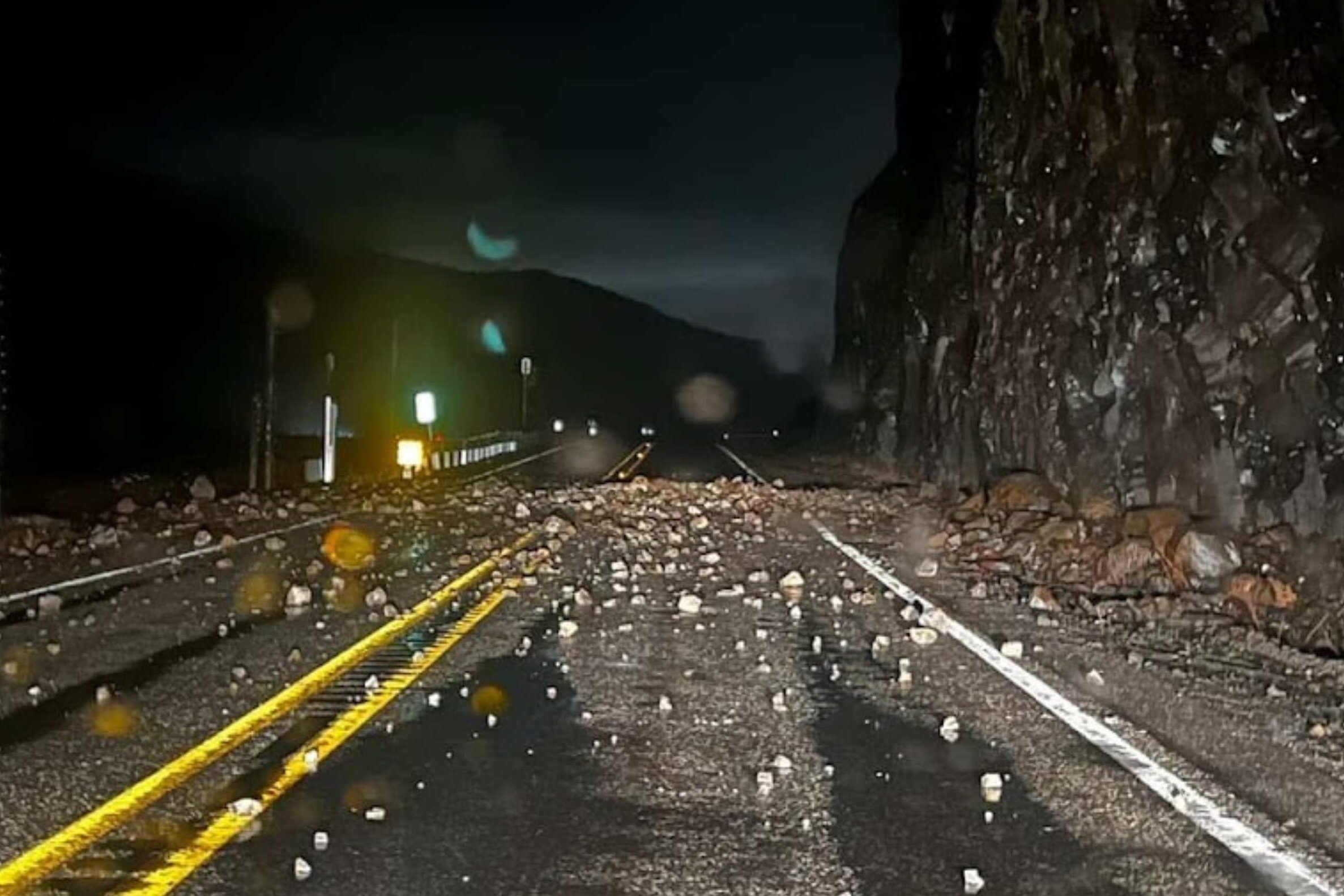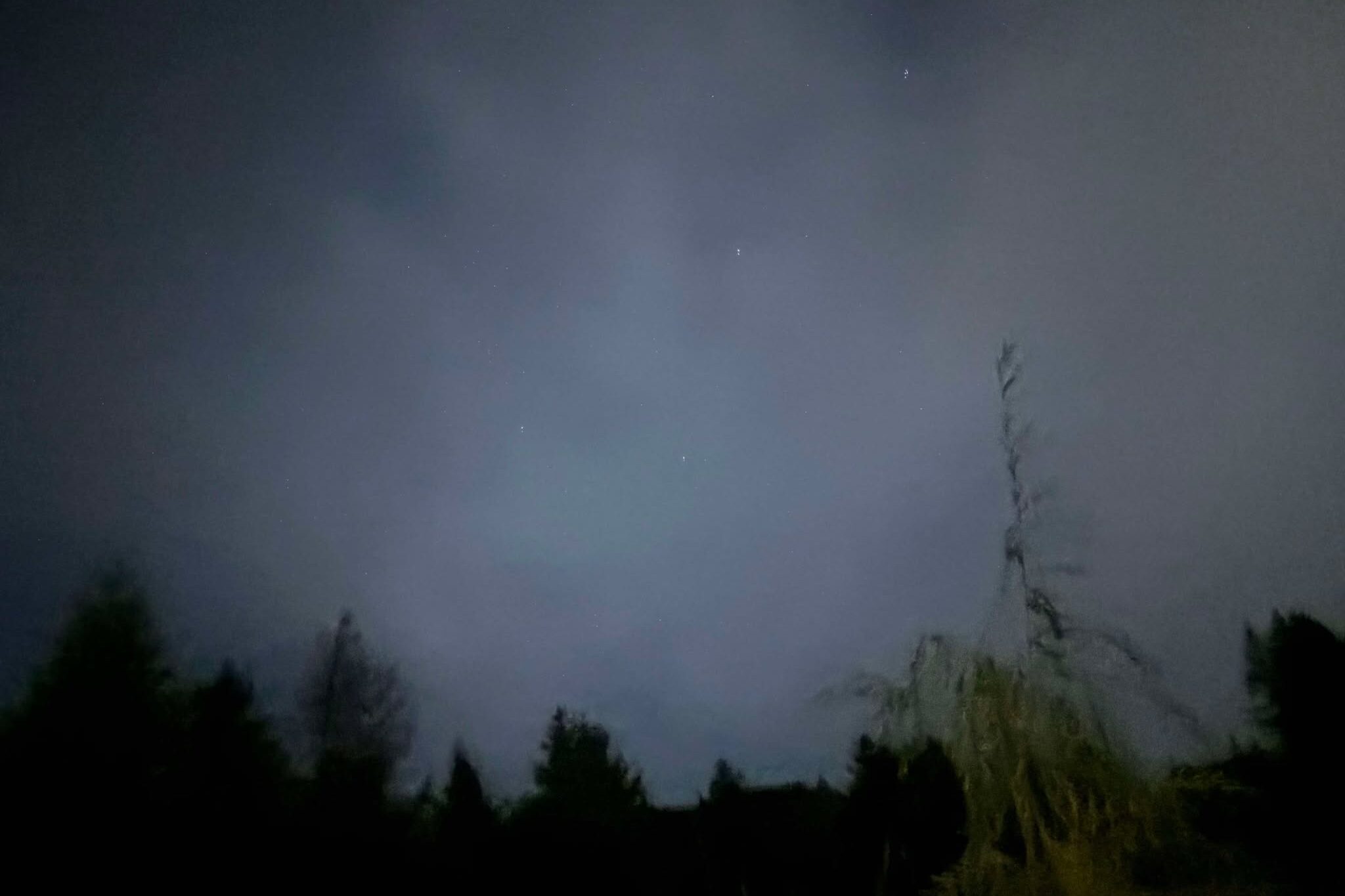


Rain Storms in Skamania County
Skamania County, located within the Columbia River Gorge, experiences rainstorms that can range from gentle, steady rainfall to intense downpours. While rain is essential to the lush forests and thriving ecosystems in the region, it also poses significant risks, particularly when storms become severe.

Why Rainstorms Are Prominent in Skamania County
Geographic Features:
The Columbia River Gorge acts as a natural funnel, concentrating weather systems and often intensifying precipitation.
The surrounding mountains force moist air upward, resulting in orographic rainfall, where condensation from the rising air produces heavy rain.
Seasonal Weather Patterns:
The Pacific Northwest’s wet season spans from late fall through early spring, with Skamania County receiving significant rainfall during this period.

Notable Risks Specific to Skamania County
Rural Isolation: Many areas in Skamania County are remote, meaning rainstorm damage to roads and bridges can cut off access to emergency services or supplies.
Proximity to the Columbia River: The river’s fluctuations during prolonged rainstorms can significantly impact riverside communities and recreation areas.
Fire-Followed Rainstorms: After wildfire seasons, burned landscapes are particularly prone to erosion and flash floods during rainstorms, increasing risks for landslides.

Building Resilience Against Rainstorm Damage
To mitigate the impacts of rainstorms, residents and officials in Skamania County often:
- Regularly inspect and maintain drainage systems.
- Reinforce vulnerable slopes and embankments.
- Monitor weather alerts and prepare for possible flooding or landslides.
While rainstorms are a natural part of life in the Pacific Northwest, their potential for destruction in Skamania County underscores the importance of preparation, awareness, and sustainable land management practices.
How Rainstorms Can Damage Skamania County
Flooding:
- Flash Floods: Rapid downpours overwhelm streams, creeks, and culverts, leading to sudden and dangerous flooding.
- River Flooding: Extended periods of rain can cause the Columbia River and its tributaries to swell, inundating nearby areas.
- Urban Flooding: Even in small towns, stormwater drainage systems may struggle to handle intense rainfall, causing water to pool on roads and properties.
Landslides and Erosion:
Rainstorms accelerate soil erosion, affecting the stability of trails, roads, and natural landscapes.
The county’s steep slopes and saturated soil create conditions ripe for landslides, particularly in areas with recent logging or road construction.
Infrastructure Damage:
- Roads can become waterlogged or washed out, isolating communities and disrupting transportation.
- Culverts, bridges, and other infrastructure may sustain severe damage from the force of floodwaters and debris.
Forest and Vegetation Impact:
Runoff from storms carries away nutrients and may deposit debris, altering ecosystems and waterways.
Heavy rain can loosen tree roots in waterlogged soil, causing trees to topple, potentially blocking roads or damaging property.
Power and Communication Disruptions:
Storm-induced flooding or falling trees often damages power lines and communication networks, leaving residents without electricity or cell service.
Water Contamination:
Floodwaters can introduce sediment, debris, and pollutants into water sources, compromising drinking water and aquatic habitats.
